Uganda, the “Pearl of Africa,” is a land of stunning contrasts—home to rare mountain gorillas, roaring waterfalls, vast savannahs, and vibrant culture. From gorilla trekking and Nile rafting to the buzz of Kampala, Uganda offers adventure, beauty, and warmth in every corner.
A Nation of Heart and Heritage
Uganda’s greatest gift is its people — warm, kind, and full of life. With over 50 ethnic groups, the country is a vibrant mosaic of traditions, languages, and rhythms.
From the royal Buganda kingdom to the forest-dwelling Batwa, every community adds a unique thread to Uganda’s colourful cultural tapestry. You’ll hear the beat of drums at traditional ceremonies, taste the rich flavours of matoke and groundnut sauce, and feel at home in every smile that greets you with “You are most welcome.”
In local markets, the aroma of the famous rolex (rolled eggs and chapati) fills the air, while vibrant fabrics, handcrafted baskets, and beaded jewellery showcase the creativity of Ugandan artisans. Here, life is celebrated in every sound, colour, and conversation.
Nature’s Masterpiece: Where Adventure Awaits
Uganda’s landscapes are a showcase of Africa’s most breathtaking diversity — savannahs, mountains, forests, lakes, and rivers, all packed within one small but astonishingly rich country.

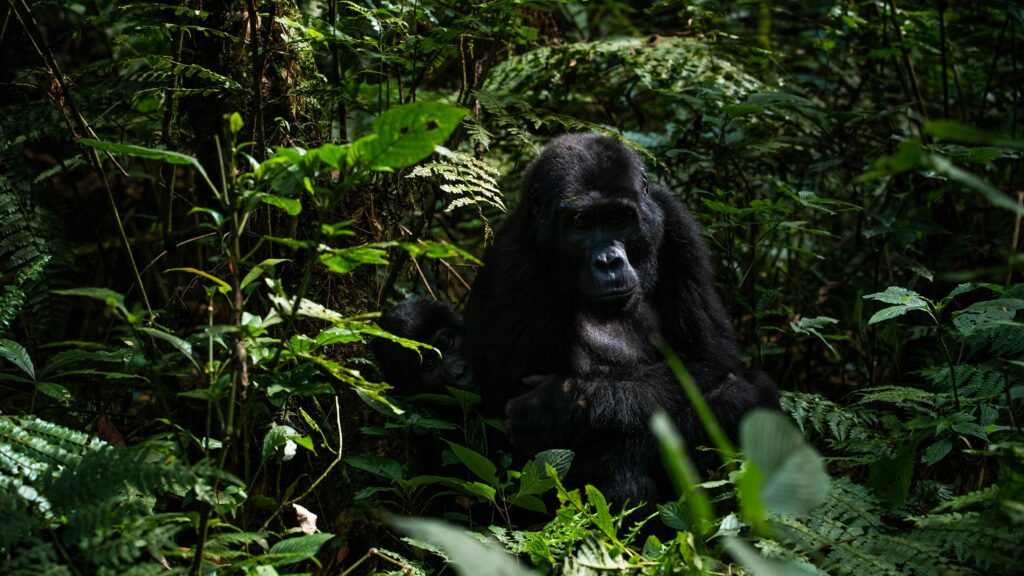
Gorilla Kingdom of Bwindi
Deep in the misty jungles of Bwindi Impenetrable National Park lies one of Earth’s rarest encounters—standing face-to-face with a mountain gorilla. Of the roughly 1,063 gorillas left in the world, Uganda is home to more than half, living in the forests of Bwindi and Mgahinga Gorilla National Parks. Trekking through tangled vines and ancient trees to meet these gentle giants is not just a safari—it’s a spiritual experience.
As you watch a silverback protect its family or a baby gorilla play in the undergrowth, time seems to pause. Many travelers describe it as life-changing.
Kibale: The Primate Capital of the World
Beyond gorillas, Uganda is a sanctuary for primates. Kibale National Park alone hosts over 13 species, including chimpanzees, red colobus monkeys, and the playful black-and-white colobus. Guided chimpanzee tracking here is exhilarating—a blend of adrenaline, jungle sounds, and intimate wildlife moments you’ll never forget. Other animals in Kibale include forest elephants, buffaloes, leopards, warthogs, giant forest hogs, bushbucks, sitatungas, and forest duikers.


Queen Elizabeth National Park: Savannahs of Splendour
In Queen Elizabeth National Park, every turn reveals a scene straight out of an African dream. Lions rest in fig trees, elephants wade through shimmering lakes, and the Kazinga Channel glitters with hippos, crocodiles, and over 600 bird species. This is one of Uganda’s most photogenic regions, framed by the volcanic Rwenzori ranges and the open plains that stretch endlessly to the horizon.
The park is also home to Uganda kob, defassa waterbuck, bushbuck, and topi (only in Ishasha). A small community of chimpanzees has been habituated for tracking, and nine other primate species are present, including the black-and-white colobus.
The Power of the Nile and Murchison Falls
At Murchison Falls National Park, the world’s longest river, the Nile, squeezes through a 7-meter gorge and explodes into a thunderous cascade—a sight so powerful, it humbles all who witness it. Boat safaris drift past elephants, crocodiles, and basking hippos, while game drives offer encounters with giraffes, leopards, and antelope. This is Uganda’s oldest and largest national park—a place where wilderness feels raw, alive, and untamed.
The park is home to over 144 mammal species, including elephants, buffaloes, lions, and leopards. It also boasts 451 bird species and over 600 chimpanzees.

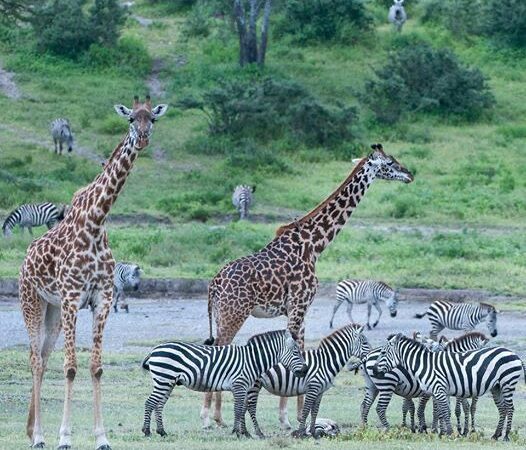
Kidepo Valley: Africa’s Hidden Eden
For those who crave true adventure, Kidepo Valley National Park in the remote northeast is a revelation. Endless plains stretch beneath dramatic skies, and herds of buffalo, zebras, and cheetahs roam untouched terrain. With few crowds and unspoiled beauty, Kidepo is often called “Africa’s last great wilderness.”
The park is home to lions, leopards, elephants, giraffes, zebras, and buffaloes. It also boasts a variety of antelope species.
Lake Mburo National Park: Just a few hours from Kampala, Lake Mburo National Park offers a unique blend of savannah and wetland ecosystems. Visitors can enjoy boat safaris, walking safaris, and horseback riding. The park is home to zebras, impalas, elands, buffaloes, and hippos. It also boasts over 350 bird species, including the rare shoebill stork.


Semuliki National Park: This is one of Uganda’s lesser-known treasures, offering a unique mix of Central and East African species. The park is known for its hot springs and rich biodiversity. Wildlife includes elephants, buffaloes, and various primate species. The park is also home to over 400 bird species, including the rare shoebill stork.
Mountains of the Moon (Rwenzori Mountains National Park): This UNESCO World Heritage offers a unique blend of volcanic landscapes and rich biodiversity. The park is known for its caves, waterfalls, and unique flora. Wildlife includes elephants, buffaloes, and various primate species. Birdwatchers can spot species like the African green broadbill and the white-cheeked turaco.

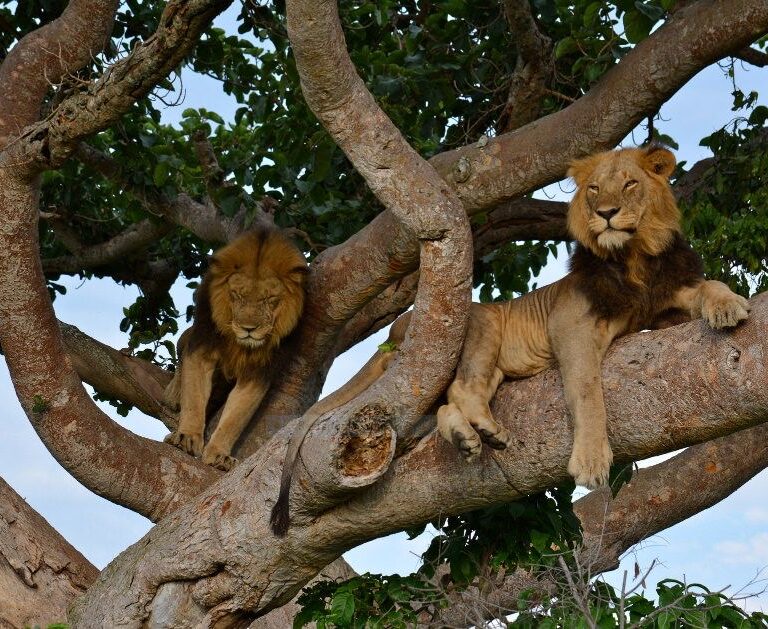



Thanks to its location on the equator, Uganda enjoys pleasant weather all year round.
The two dry seasons — December to February and June to August — are perfect for safaris, gorilla trekking, and outdoor adventures.
Rainfall keeps the country lush and green, making every sunrise over its hills a painter’s dream.
Kampala, Uganda’s vibrant capital, pulses with a unique blend of history, culture, and modern energy, making it a destination in its own right. Often dubbed the “City of Seven Hills,” Kampala offers visitors a rich tapestry of experiences, from its bustling markets and historic sites to its lively nightlife.
Kampala’s landscape is dotted with significant landmarks that tell the story of Uganda’s heritage:
Uganda National Mosque (Gaddafi Mosque): An architectural marvel completed in 2006, this mosque is one of the largest in East Africa. Visitors can climb its 272-step minaret for panoramic views of the city.
Kasubi Tombs: A UNESCO World Heritage Site, these tombs are the burial grounds of four Buganda kings and showcase traditional Baganda architecture.
Kabaka’s Palace: The official residence of the King of Buganda, this palace offers insights into the royal history and culture of the Buganda Kingdom.
Amin’s Torture Chambers: Located beneath the Kabaka’s Palace in Mengo, these underground chambers were used during Idi Amin’s 1970s regime to detain and torture political prisoners. The chambers are a series of concrete tunnels with thick, damp walls and narrow, dark corridors. It’s said that electric wires once ran through the rooms, and the spaces were filled with water to electrocute captives. The site remains a powerful symbol of remembrance and a call for peace, justice, and human rights.Namirembe Cathedral: The oldest Anglican cathedral in Uganda, offering a serene atmosphere and panoramic views of the city.
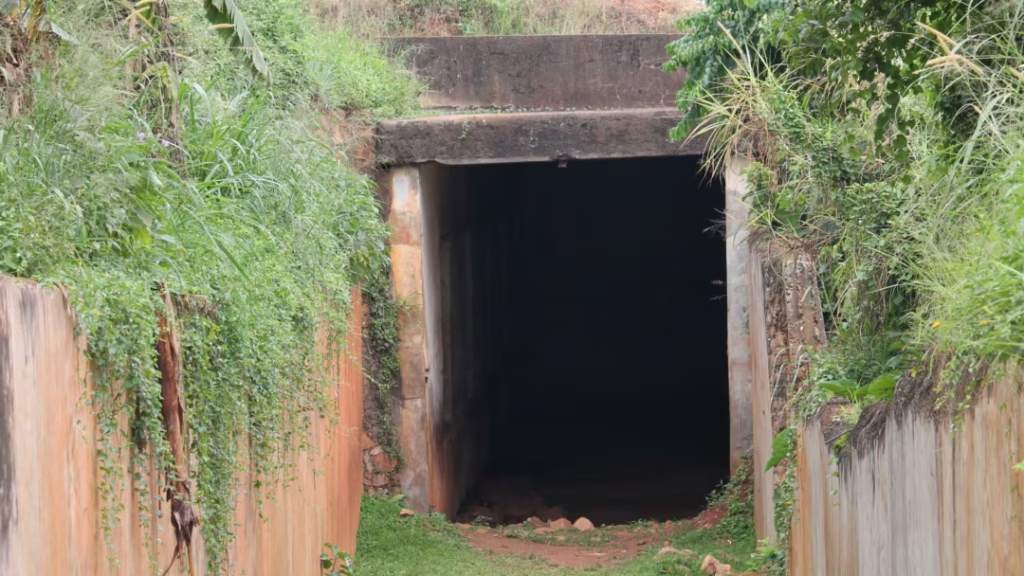
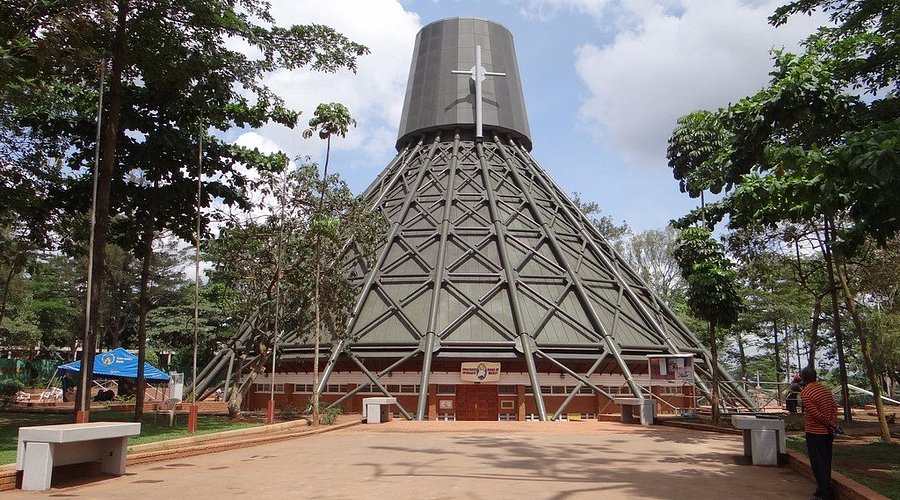
The Namugongo Martyrs Shrine: One of Uganda’s most important religious and historical sites. Located about 15 kilometres from Kampala, it stands in memory of the 45 Christian converts who were executed between 1885 and 1887 on the orders of Kabaka Mwanga II for refusing to renounce their faith. The shrine attracts millions of pilgrims every 3rd of June for Martyrs’ Day, a national celebration of faith, courage, and unity. With its stunning modern basilica and peaceful surroundings, Namugongo is not only a place of worship but also a symbol of Uganda’s rich spiritual heritage and resilience.
Baha’i Temple: Perched on Kikaya Hill along Gayaza Road, this serene landmark — completed in 1961 — is the only Bahá’í House of Worship in Africa. Its nine-sided dome symbolizes unity, and the temple welcomes people of all faiths for prayer, meditation, or reflection amid its beautifully landscaped gardens and panoramic views of Kampala.


The Uganda Museum: Established in 1908 and located along Kira Road, it is East Africa’s oldest museum. It preserves Uganda’s cultural and natural heritage, featuring exhibits on traditional life, ethnography, and fossils. The Living Museum outside showcases reconstructed traditional huts, offering visitors a glimpse into Uganda’s architectural and historical roots.
Dive into Uganda’s rich cultural tapestry with these experiences:
Nommo Gallery: Uganda’s premier art gallery, featuring contemporary Ugandan art and cultural exhibitions.
Sports : The Spirit of Uganda in Motion
The Mandela National Stadium, affectionately known as Namboole. Located just outside Kampala, this iconic 45,000-seater arena is the largest stadium in Uganda and a proud symbol of national pride. It hosts thrilling football matches, athletics competitions and national celebrations, bringing together Ugandans from all walks of life. On match days, the air vibrates with chants, drums, and flag colours — a reflection of Uganda’s vibrant spirit and unity.


Nightlife
When the sun sets, Kampala transforms into a city that never sleeps. From lively nightclubs pulsing with Afrobeat and contemporary hits to chic rooftop bars offering stunning city views, the capital has something for every night owl. Dance the night away , sip expertly crafted cocktails, or enjoy live music. Each venue offers its own unique vibe. For a more relaxed evening, rooftop lounges and lakeside bars provide the perfect backdrop to unwind while soaking in the city’s energy. Kampala’s nightlife is more than entertainment; it’s an experience that captures the city’s vibrant spirit and infectious rhythm.
Responsible Travel: Protecting the Pearl: Uganda’s tourism is built on conservation and community. Gorilla trekking permits directly fund wildlife protection and support local livelihoods.
Eco-lodges and sustainable operators ensure tourism preserves the beauty that makes Uganda so special.


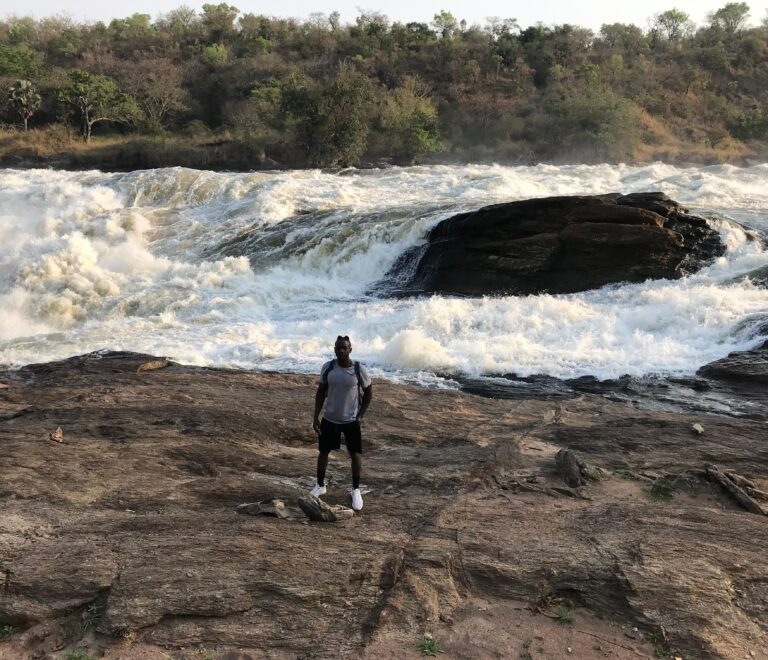

WhatsApp us